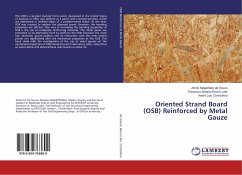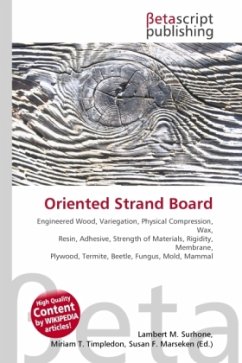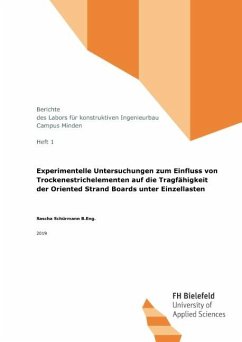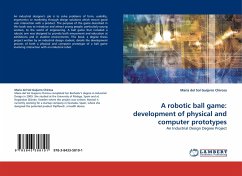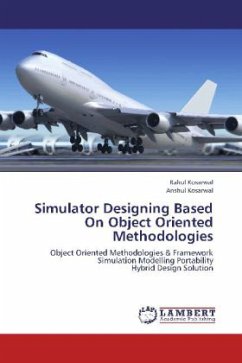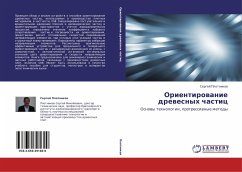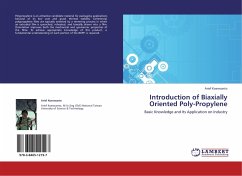The OSB is a product derived from wood, developed in the United States of America in 1954, and defined as a panel with oriented particles, which are distributed in multiple layers of a predetermined shape. At the time, OSB was created to replace the plywood panel. However, the bending properties are still less. One way of increasing the bending properties of OSB is the use of composite reinforcing materials. The metal gauze are presented as an alternative form to reinforce the OSB, however, the mesh size, thickness, gauze position and its interaction with the resin (matrix phase) can significantly alter the mechanical properties of the OSB. This book deals with the investigation of the use of metal gauzes on the mechanical properties of OSB manufactured in laboratory scale, using Pinus sp wood specie and polyurethane resin based on castor oil.

